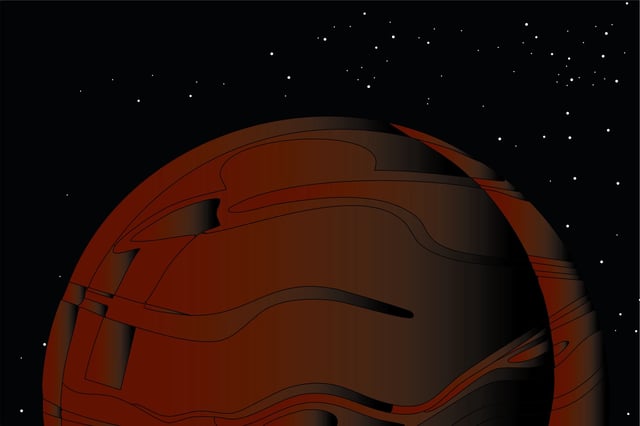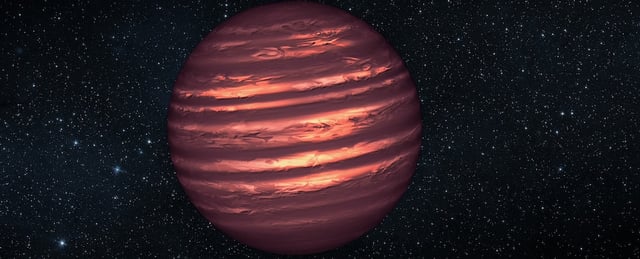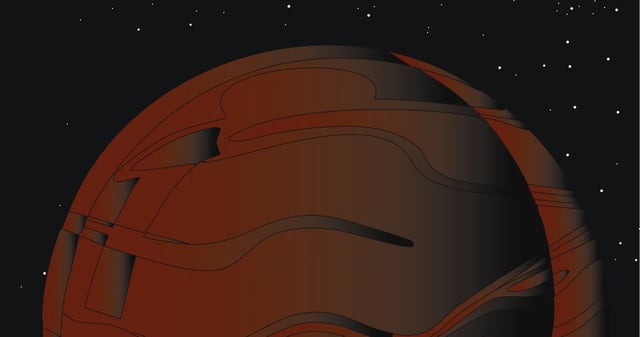Overview
- A team led by Jeremy Sakstein has published a preprint on arXiv detailing a new class of substellar objects—dark dwarfs—fuelled by dark matter annihilation in brown dwarf cores, with final publication expected in the Journal of Cosmology and Astroparticle Physics.
- These objects would form in regions of high dark matter density, such as the Milky Way’s galactic center, by capturing self-annihilating WIMPs that heat the dwarf and power observable light.
- Dark dwarfs should retain detectable lithium-7, which would otherwise be consumed in normal stars, offering a unique spectral marker to distinguish them.
- Researchers propose using the James Webb Space Telescope for direct imaging of extremely cold, low-mass objects and conducting statistical surveys of substellar populations near the galactic bulge to identify candidates.
- Confirming dark dwarfs would provide compelling evidence that dark matter consists of heavy particles interacting with themselves, supporting WIMP-style models over lighter alternatives.


